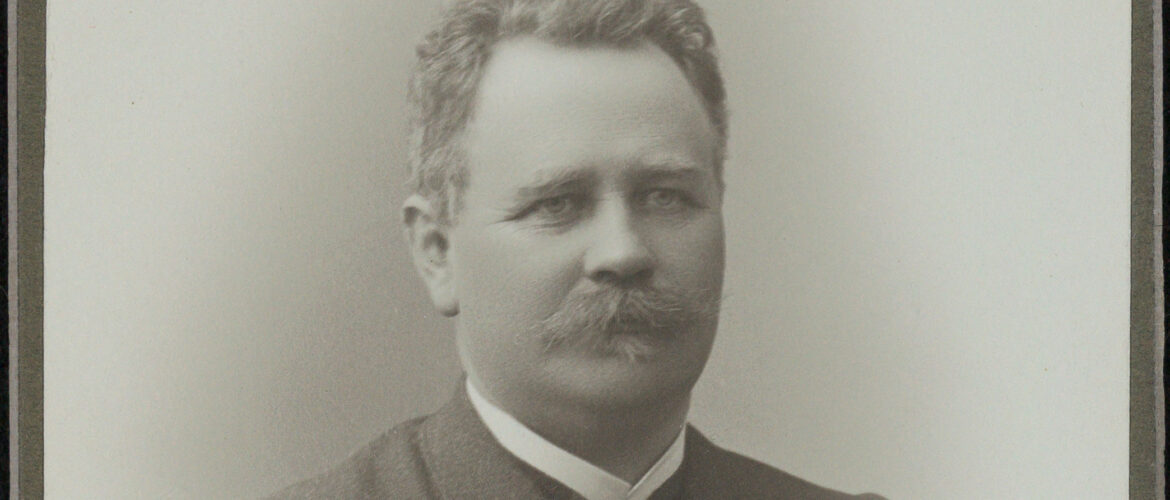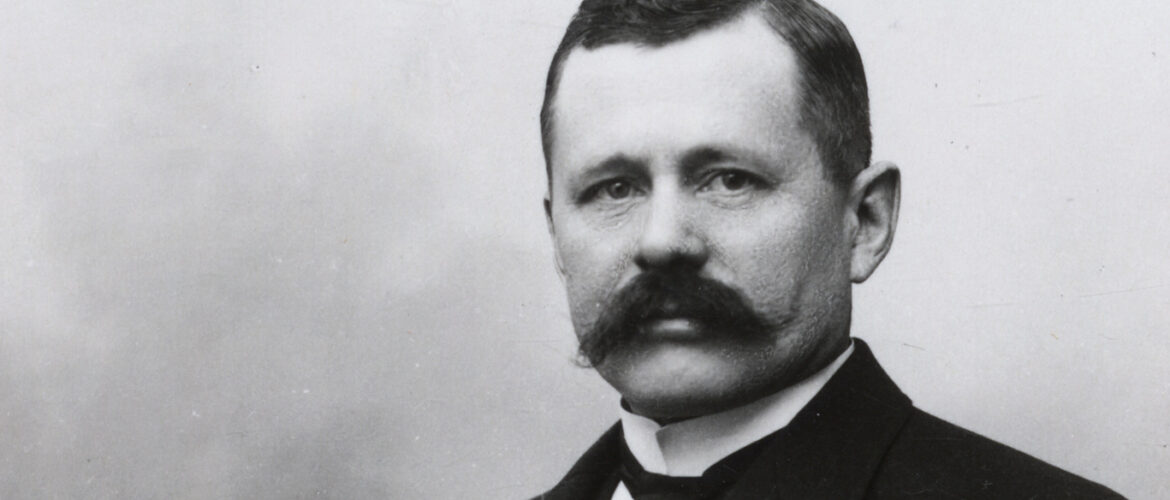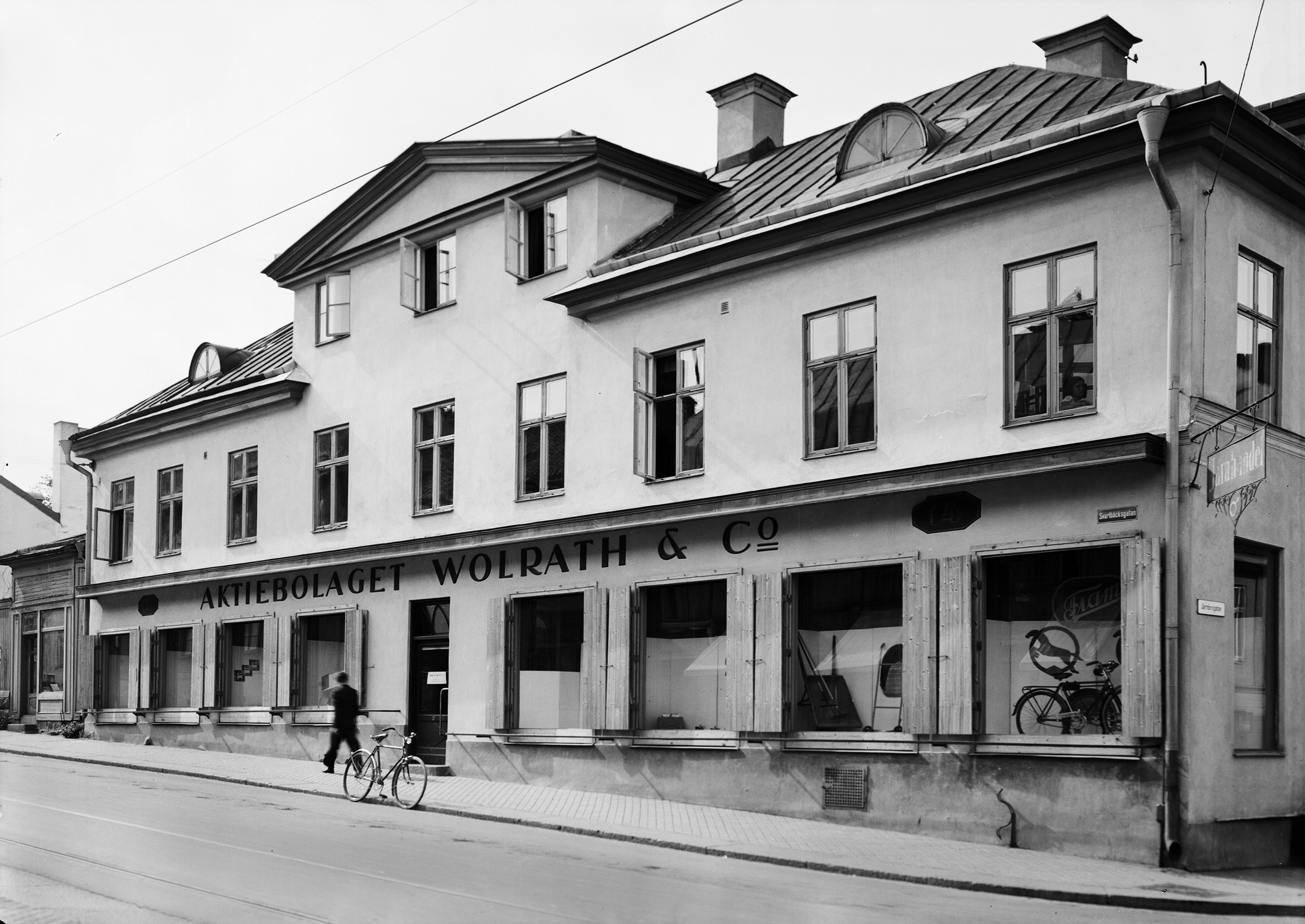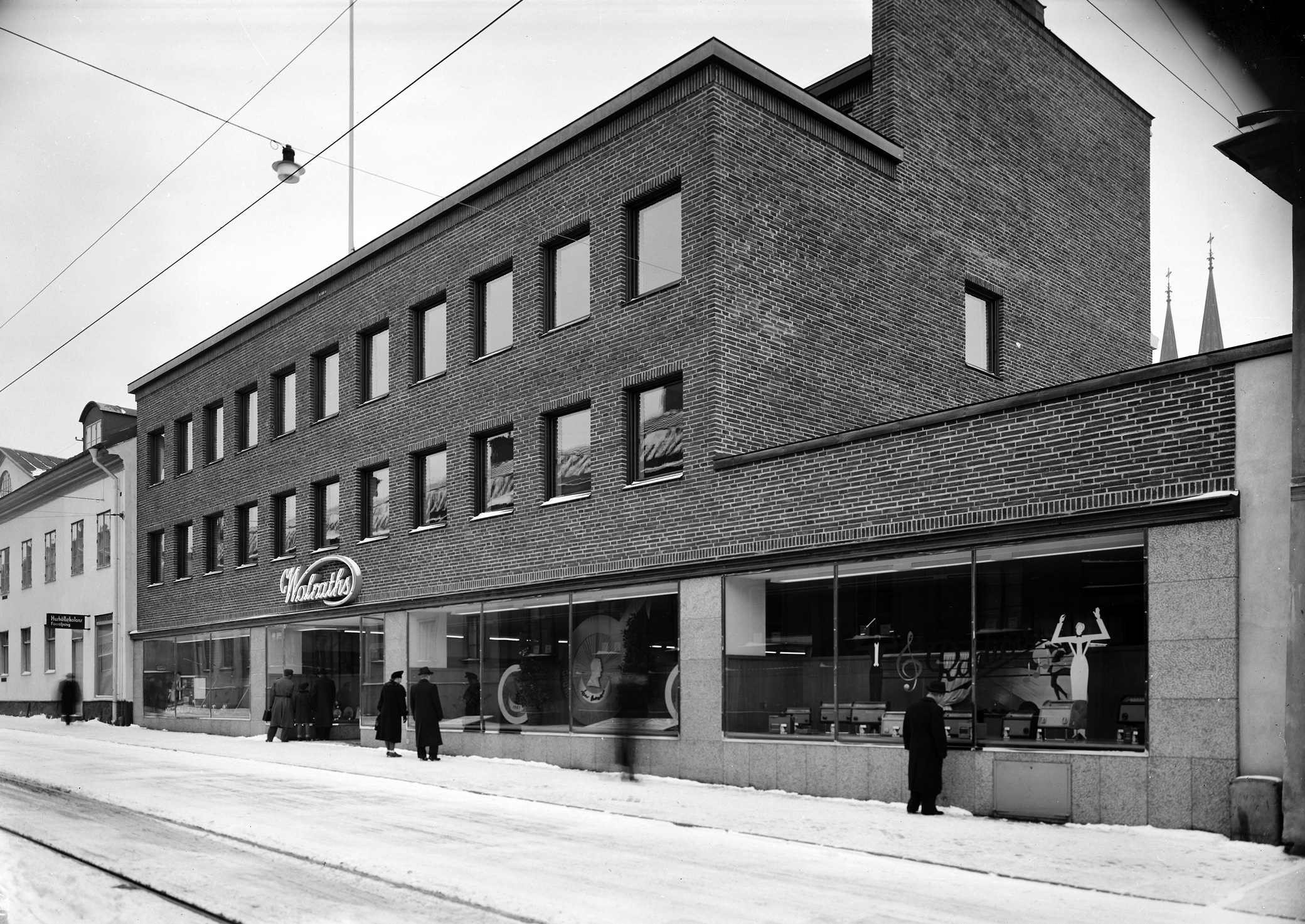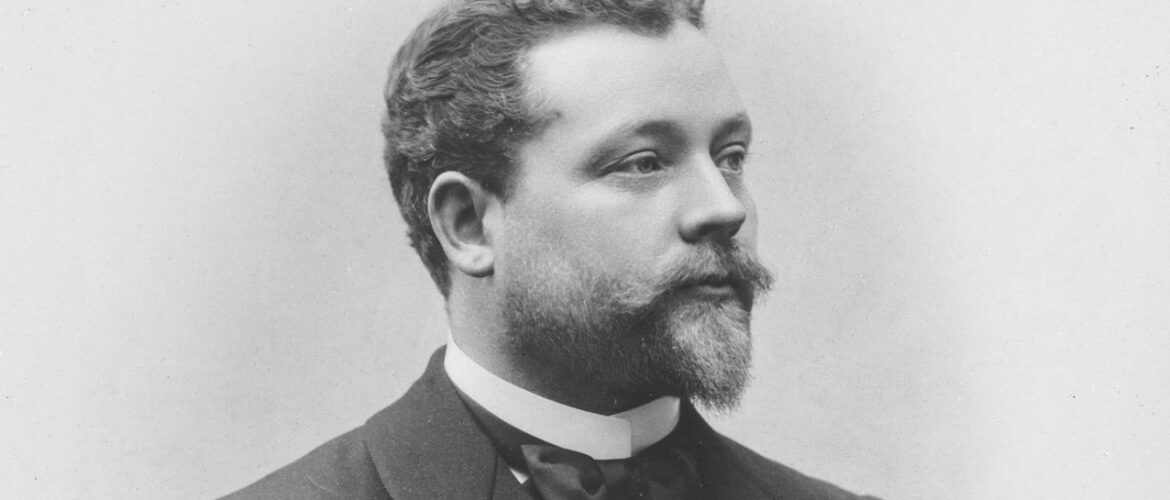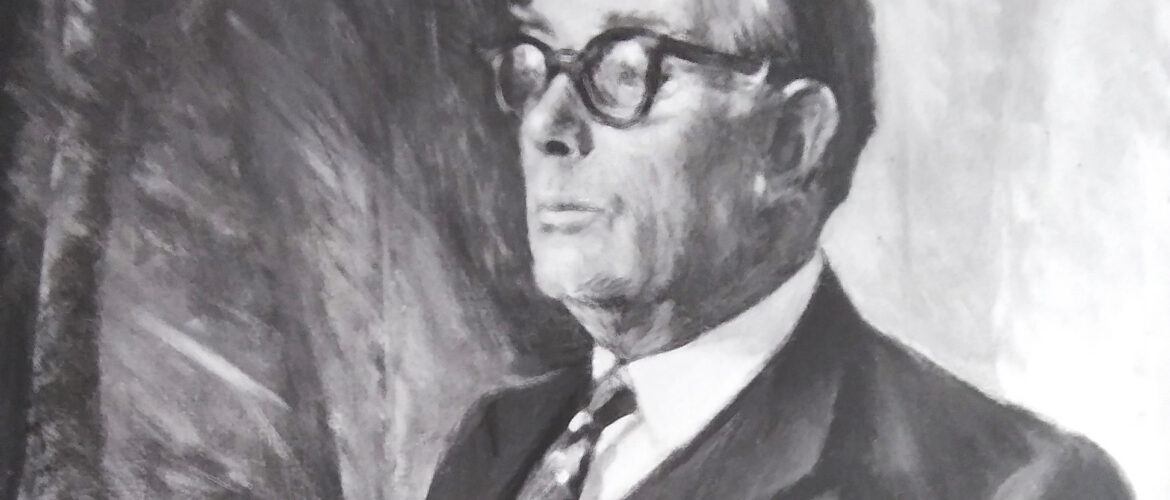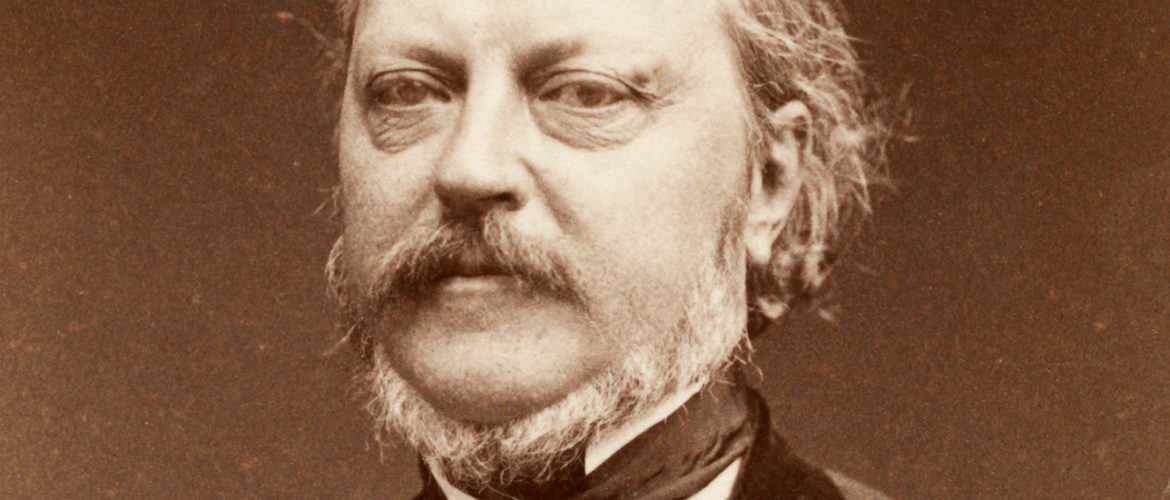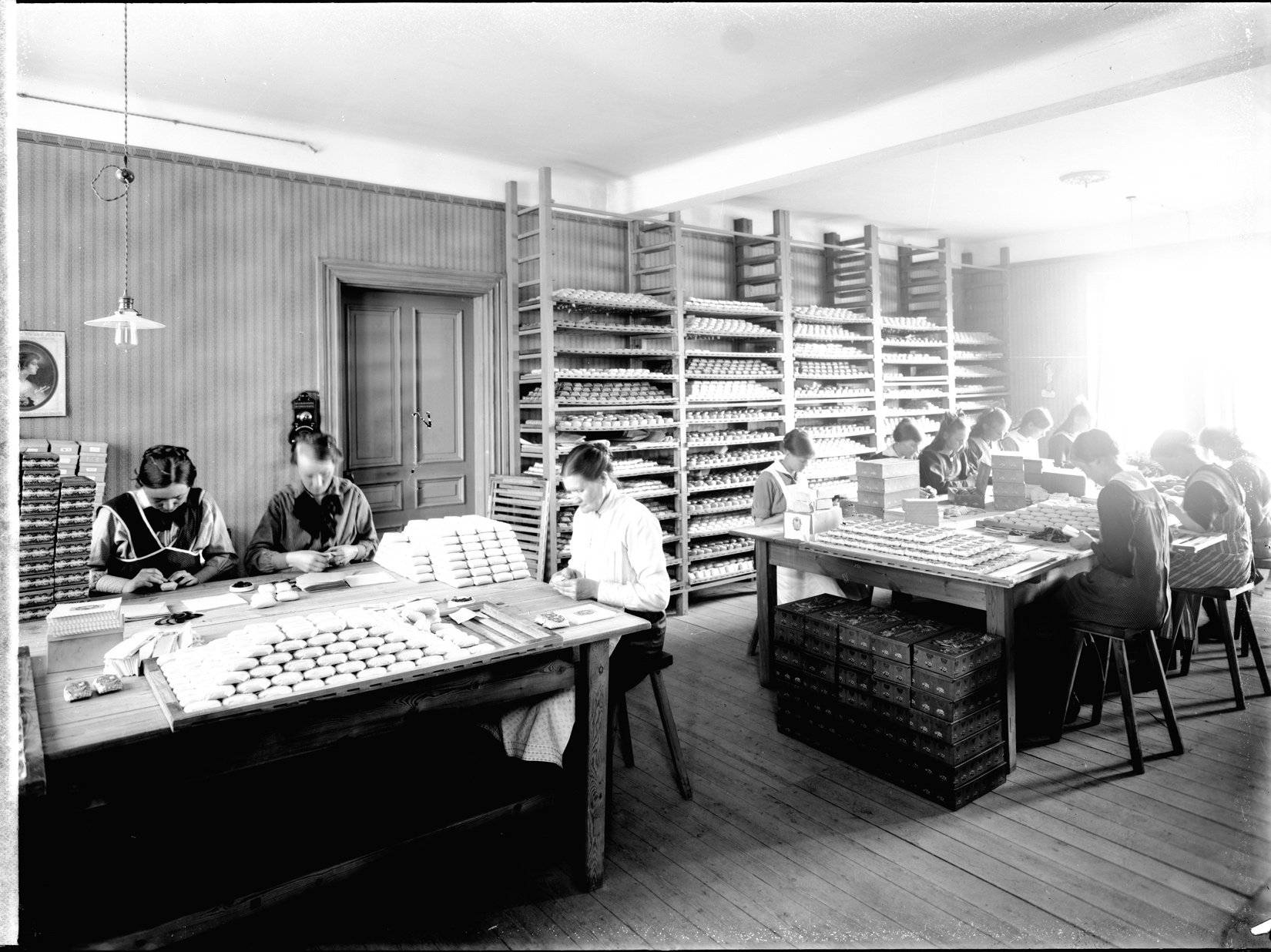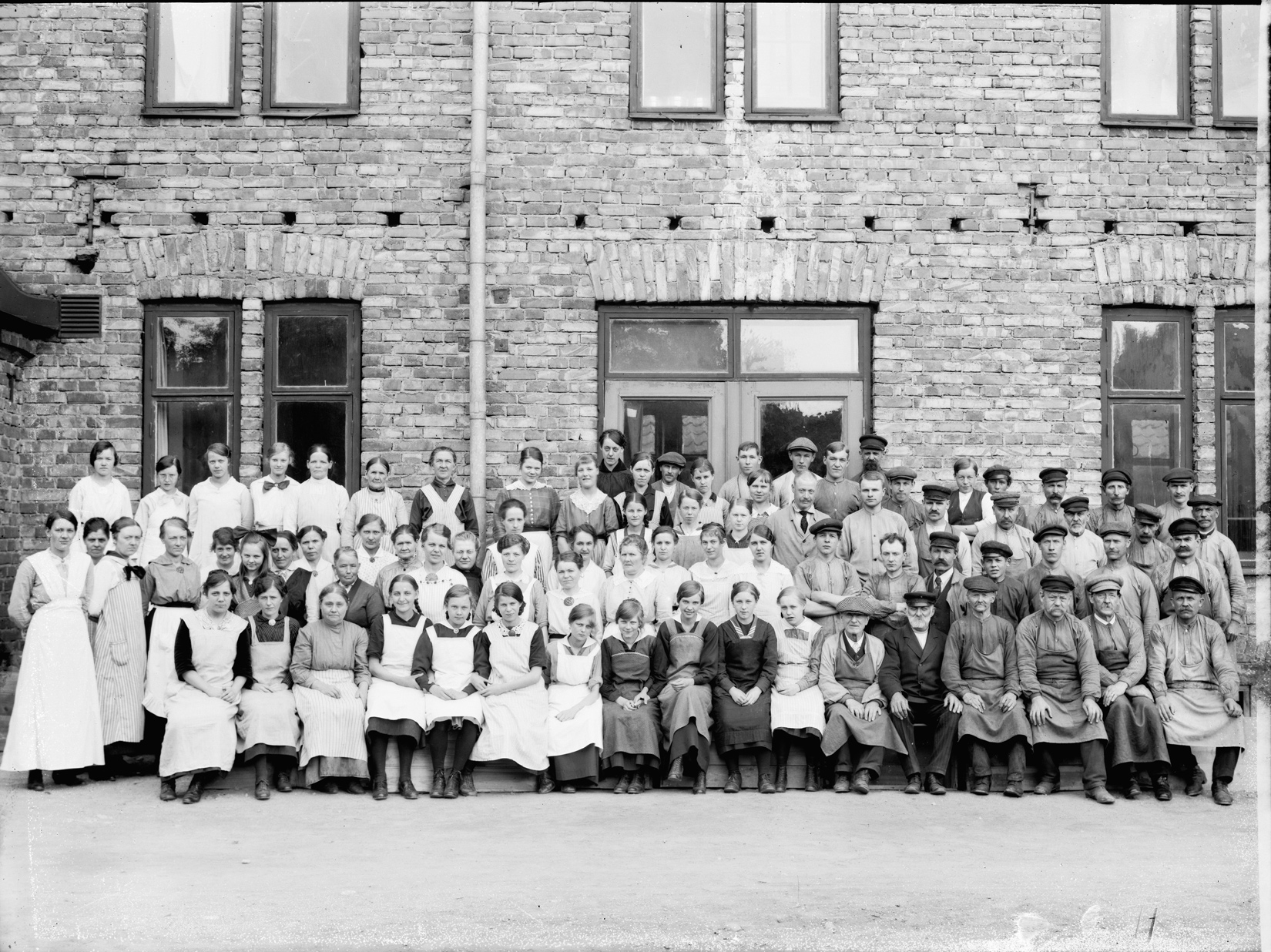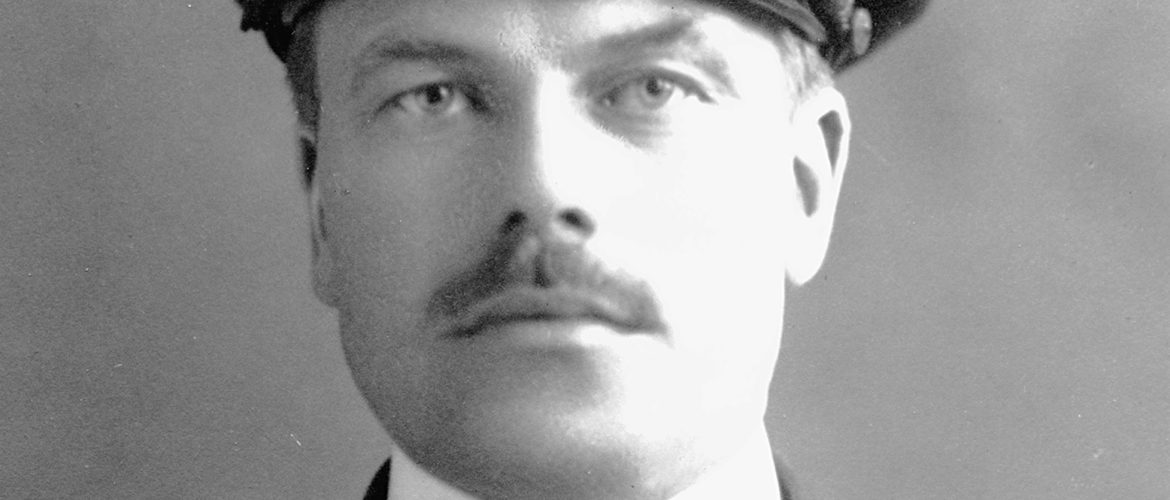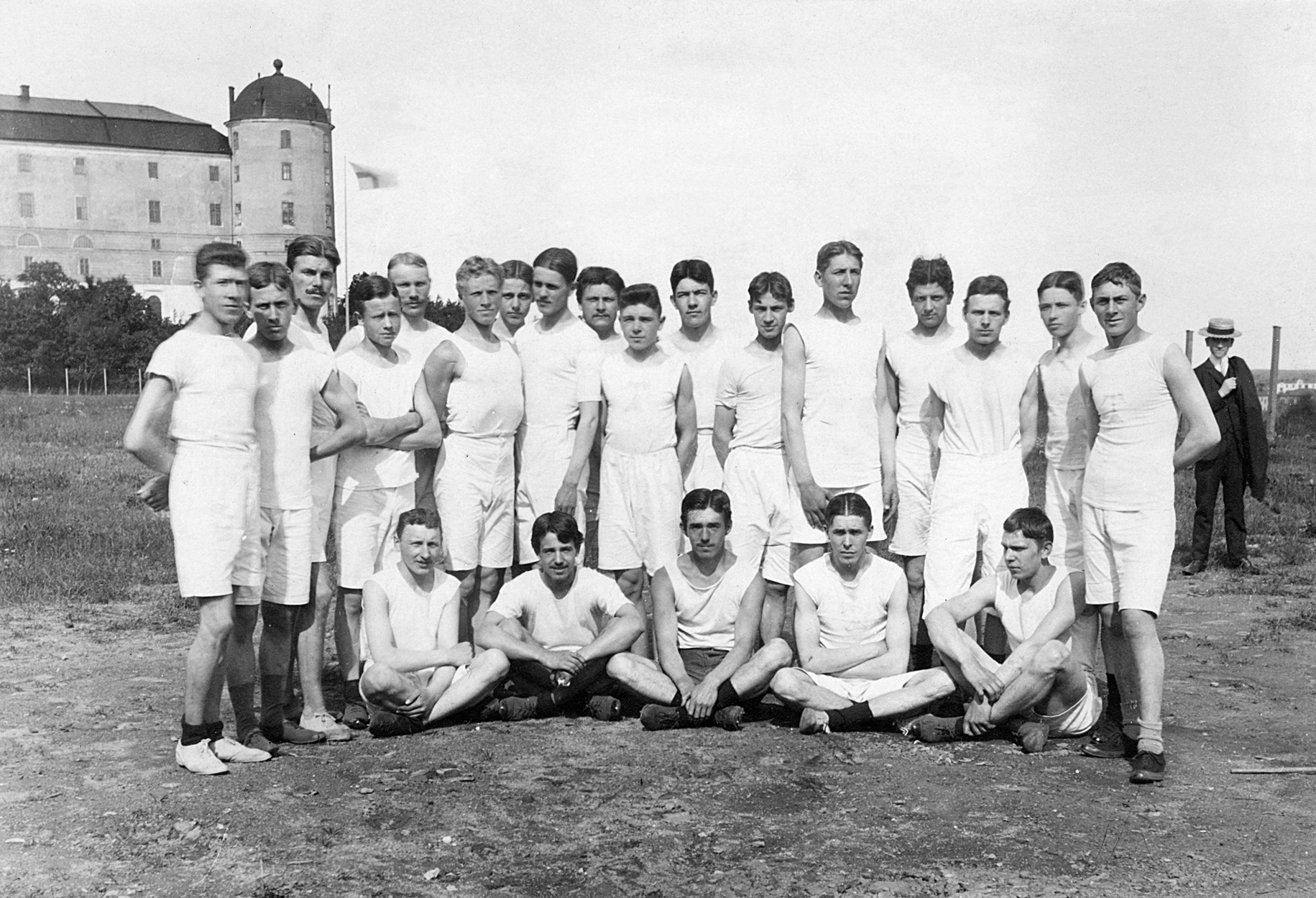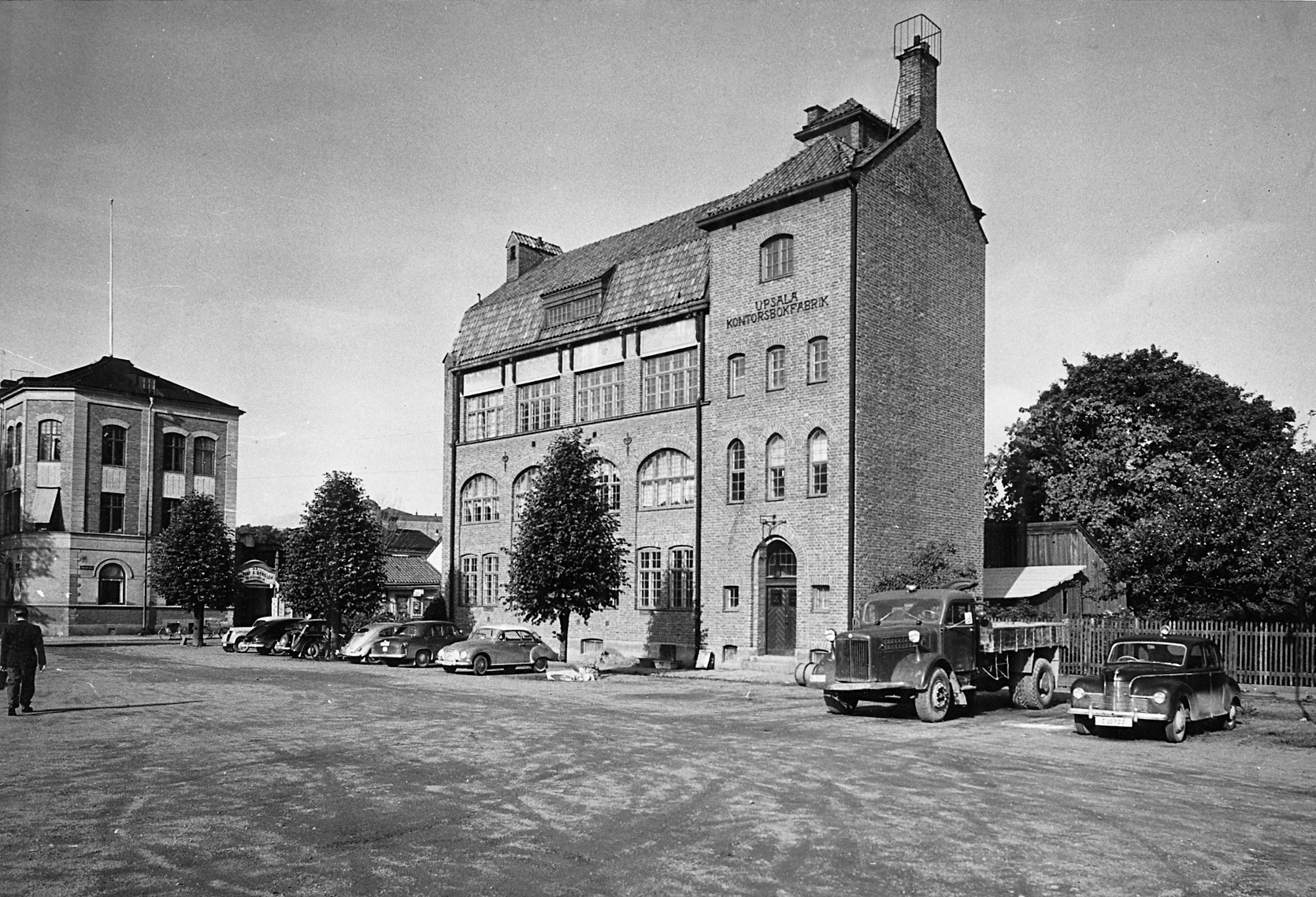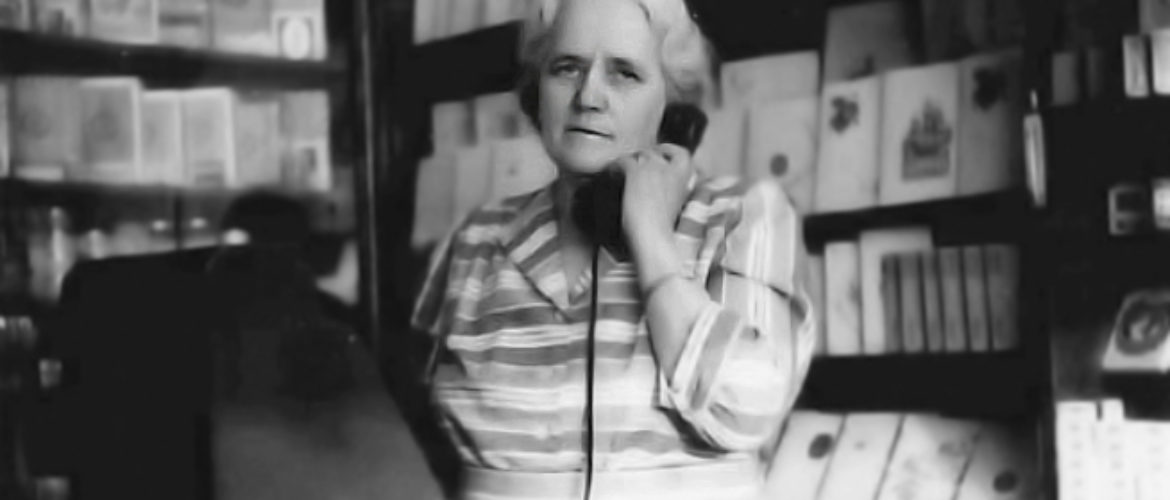1859-1933.
Manufacturer, entrepreneur.
In 1885, the merchant Hjalmar Söderberg opened a yarn, sewing accessories and fabric shop in the courtyard of Vaksalagatan 13 (where the City Hall is today).
The business developed and moved to larger premises at Vaksalagatan 15 and already in the 1890s the production of woolen fabrics and clothing began. The industrial operations moved in 1896 to Dragarbrunnsgatan 65 (corner Dragarbrunnsgatan-Kålsängsgränd) and the company developed into the largest in the clothing industry in Uppsala and one of the largest in Sweden.
In 1907, a special company was formed for the clothing business under the name AB Hjalmar Söderberg. His son Erik Söderberg took over the management of the company in 1933 and in the 1940s the number of employees in the company, which then had branch factories in Lövstabruk and Örbyhus, amounted to between 500-600 people.
Hjalmar Söderberg's wife Elin (1861-1933) was honored by her son with a sculpture of a woman that adorns the grave. The sculpture was made by the artist Arvid Knöppel and illustrates the biblical passage in Psalm. 126:5 "They that sow with tears shall reap with joy. They go forth weeping, bearing their seed; they return rejoicing, bearing their sheaves."
Burial site: 0131-1366
Image description: Factory owner Hjalmar Söderberg, Uppsala 1903. Photo: Anders Larsson / UUBThe image is cropped]
Click here for an uncropped image

